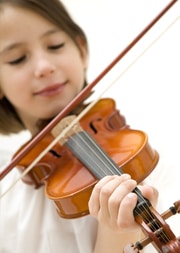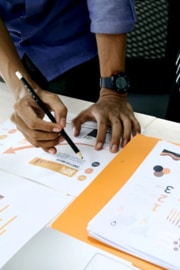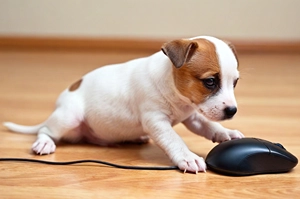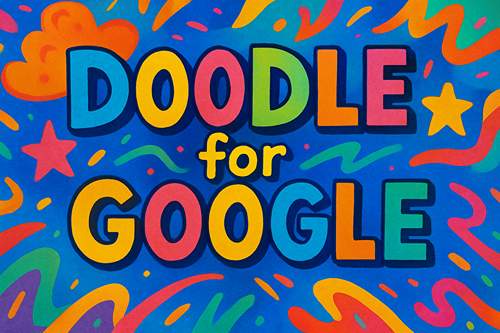5 Reasons a Charter School Could Be Right For You
Charter schools are independently operated public or private schools. Although associated with state-run schools, charter schools are able to tailor their curriculum to suit the various needs of their students. Charter schools fall under state school systems and are further broken up into districts with their own resources and programs on offer.
Charter schools have been around for almost 30 years but have recently gained increased interest over the last few years. With the flexibility and variety available for students, charter schools are quickly becoming sought after so families can tailor their children’s education to suit their lifestyle and not the other way around. For example, California charter schools have a wide variety of program options led by Springs Charter Schools.
From homeschooling to in-person academies, charter schools can meet the needs of any family. So what exactly does a charter school offer that might be beneficial to you and your children.
Let’s look at 5 reasons why a charter school might be right for you.
Flexibility
This is one of the most important aspects of charter schools; the ability to customize your child’s education and schedule to better suit their interests. If you have a competitive cheerleader in the household that needs to be at practice during the day, traditional schools don’t allow for that kind of itinerary. Charter schools offer online learning options that can be accessed any time of the day. Let’s say your child excels in the arts and is often traveling to be on a movie set or at a theater.
Online learning means they can log on during their downtime or after their day is done. This highly adaptive learning program means that your child can study whenever they want to without sacrificing the quality of their education. That kind of flexibility is priceless.
Quality
With smaller class sizes and more one-on-one time with an instructor, your child will receive a top-rate learning experience. With access to in-person learning centers, students can have weekly check-ins with teachers to make sure they are on track with their educational goals. Students will learn more than just what is in a textbook, charter schools focus on fostering integrity and motivation. These life skills are invaluable when going out into the world.
The Career programs offered also include internship tracks and development towards industry or businesses that students wish to pursue. This kind of hands-on education is unlike any other and prepares students for their dream jobs.
Variety
Education doesn’t have to be the same thing one day after another. Every child is different and so are their needs for education and engagement. In order to keep students interested, having a choice over their classes and programming can help break up the monotony of traditional day-to-day learning. By providing this element of autonomy, students will feel that they are able to shape their education. In order to stay interested and engaged, many students excel with programming that adjusts to their interests and needs.
Support
Smaller more selective classes mean that students see more one-on-one time with their instructors. Charter schools offer a variety of programs that allow for both in-person and online learning and provide the student with access to teachers to help them on their educational journey. Some students are drawn to more independent studying and therefore teachers will be available for weekly touch bases to ensure that the students have everything they need. With Learning Centers, home-schooled students are able to attend in-person classes and workshops and meet other students.
Adaptability
Children who attend more flexible schooling tend to become more independent and adaptive to their surroundings. Charter school programs enable this flexibility for future careers and working environments. As students progress in their education, they may find they want to adjust their scheduling to better suit their needs and with programs like Venture Online or homeschooling support, students can do just that. There is no rigid curriculum in a charter school because that is not reflective of the day-to-day. Students and parents are able to adjust their programming to better accommodate their lifestyles.
Charter schools offer the utmost flexibility for families from all walks of life. Charter Schools aim to bring education to children of all ages with a variety of different needs. Through adaptable programming, support systems and empowerment, students and parents will find the options highly accessible. The traditional school system was not built for everyone. It is encouraged to find what works best for you and your family. With online and in-person resources, you are sure to discover a program that makes education exciting again.
Read about the top insider tips on what to look for in a prep school.






 Andrea Gibbs is currently the head of content management at
Andrea Gibbs is currently the head of content management at 




